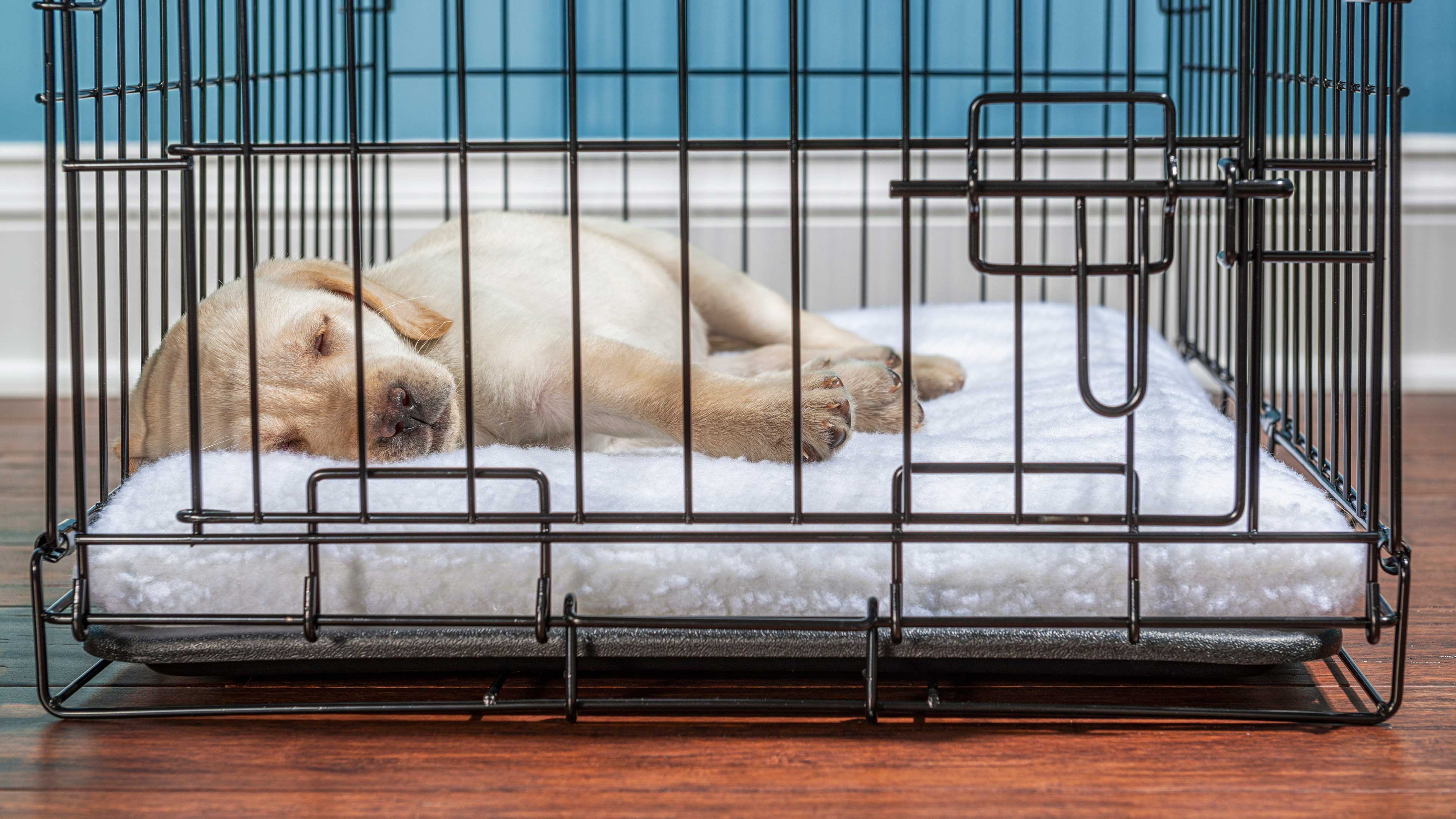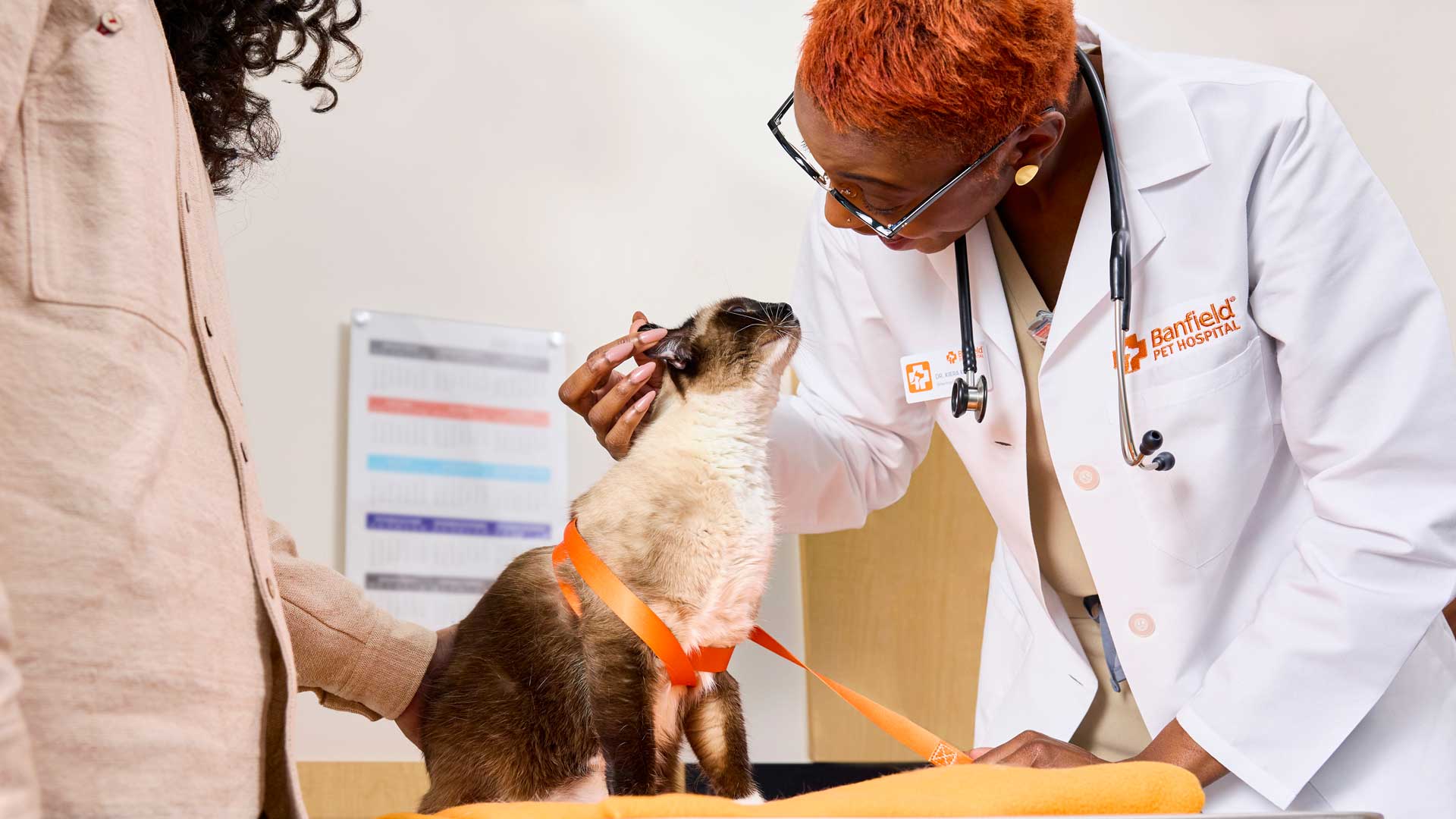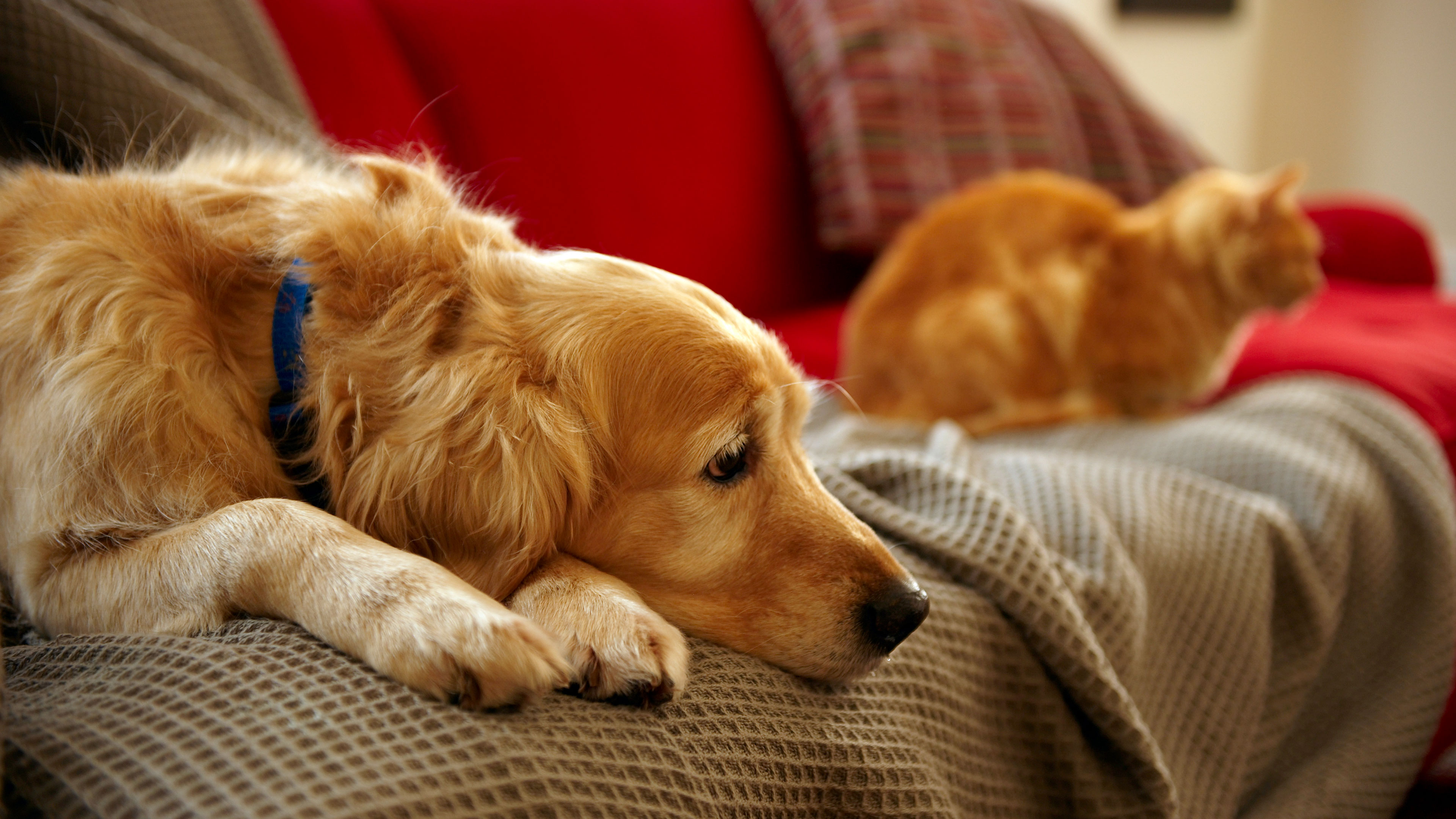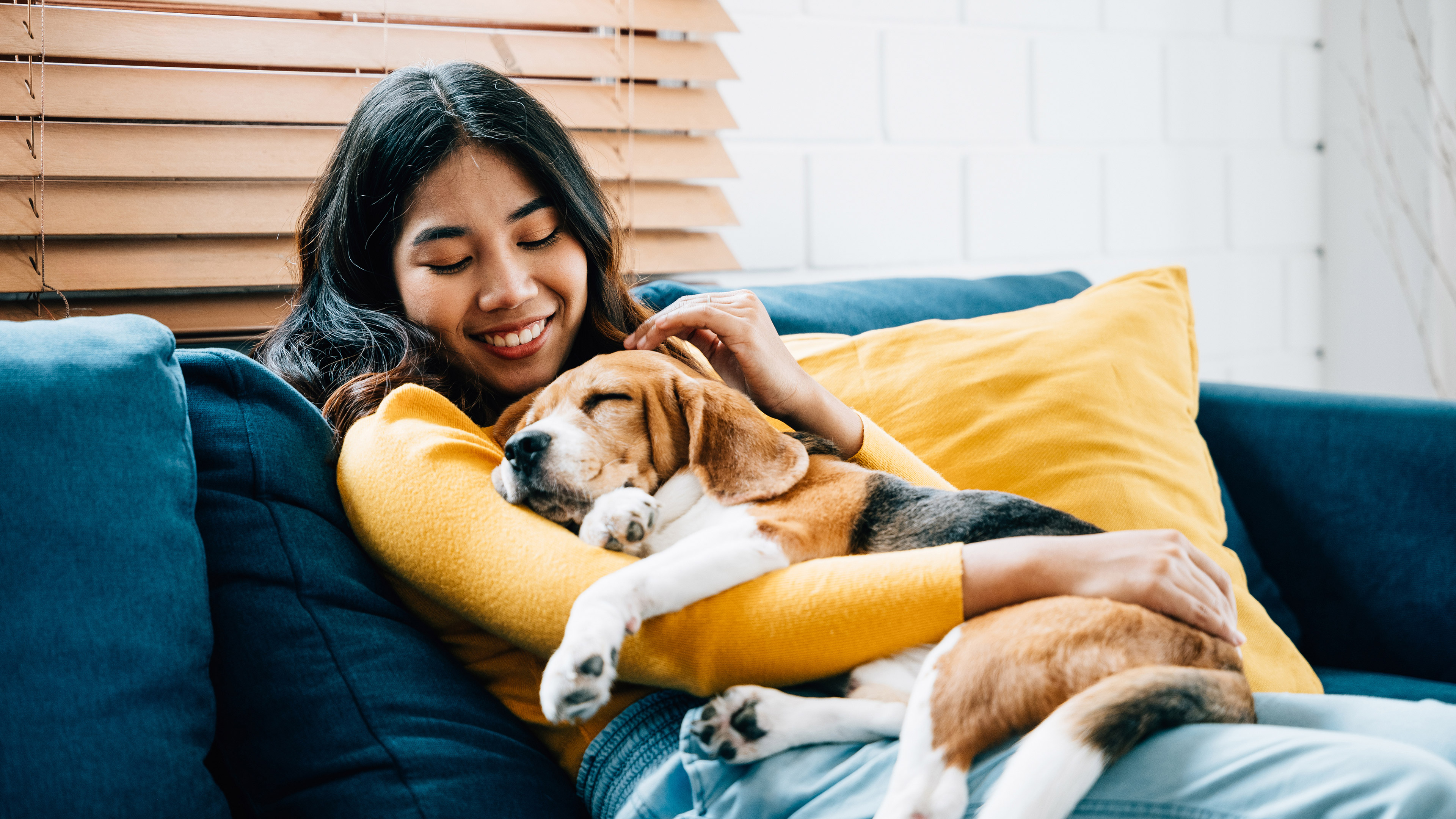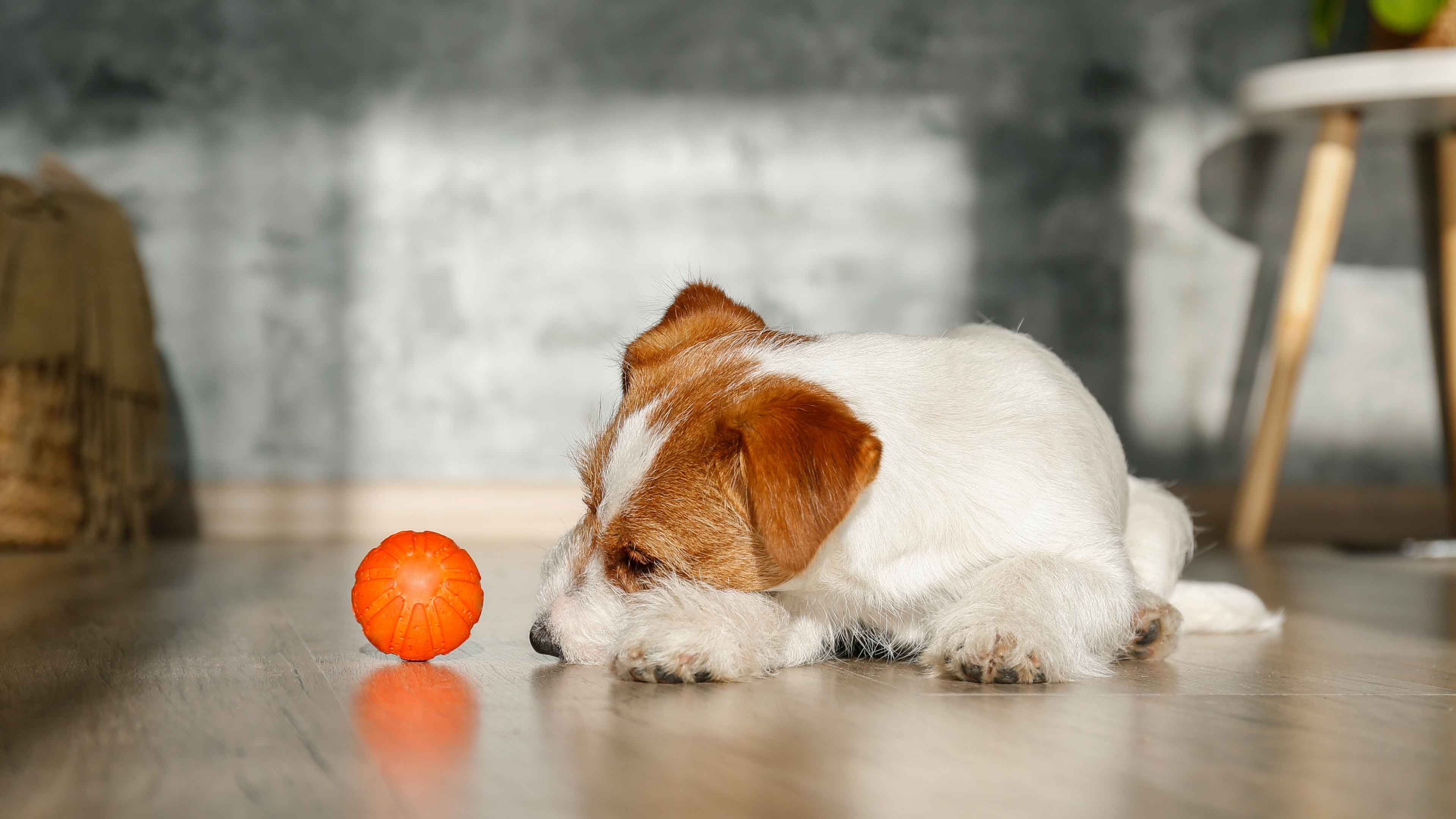helping your dog or cat with separation anxiety
Just as we get accustomed to our pets, they, too, get accustomed to us. This means when we leave the house without them, they might become anxious, stressed, or destructive.
Sometimes they display their anxiety in the form of barking or acting depressed, or they may tear up a sock, the couch, or maybe leave a smelly little surprise somewhere in the house.
If you have travel plans coming up, or you spend a lot of time at work, we’ve got tips for helping you and your little cutie cope with being away from one another.
Signs your pet is anxious
If your pet is acting differently before you leave the house or while you’re away, you might already suspect they suffer from separation anxiety. But if you’re not sure, here are some common signs:
- Destructive behavior (i.e., tearing up furniture, clothing, shoes, etc.)
- Excessive barking, meowing, or crying
- Peeing or pooping inside the house
- Pacing around the house
- Panting or drooling
- Self-mutilation like licking their feet until red or chewing off their fur
- Tummy issues such as throwing up or diarrhea
The American Animal Hospital Association recommends setting up your phone or a camera to record your dog or cat while they’re home alone. That way you can see exactly what sort of behavior they’re displaying and discuss it with your veterinarian.
How to support your pet with separation anxiety
So how do you help your furry friend when you’re away from home? There are several actions you can take to help calm their nerves.
- Consider enrolling them in doggy (or kitty) daycare: Having your dog in doggy daycare not only provides a safe environment for them, it also helps keep them mentally and physically stimulated through interactions with other pets and regular activity.
- Leave them with a friend or pet sitter: If your little cutie just absolutely needs to be around someone, consider asking a trusted friend or pet sitter to watch them while you’re away.
- Take them with you: If you work at a pet-friendly establishment, ask your manager if you can bring your pet to work. If you’re going on vacation, consider bringing your little adventure buddy along. Hotels and public transportation are now more pet-friendly than ever. Check out our helpful guide on how to travel with your pet.
- Make sure they get enough exercise: Getting your pup good and tired before you leave the house can help calm them while you’re away.
- Use calming techniques: Pheromone sprays or diffusers can help ease the nerves of dogs or cats and are available at most pet stores.
- Check with your veterinarian: Your pet’s vet will have specific tips and ideas that could help, including medication if appropriate.
Important tip: Whatever you do, please don’t punish your pet. It can only make things worse if they worry about getting in trouble when you’re gone. You must work with your pet to help get them to a place where they feel at ease at home without you.
Want additional tips for dealing with separation anxiety? Check out our resources.
 Mites and mange
Mites and mange Podcast - Not Just Fluff
Podcast - Not Just Fluff


